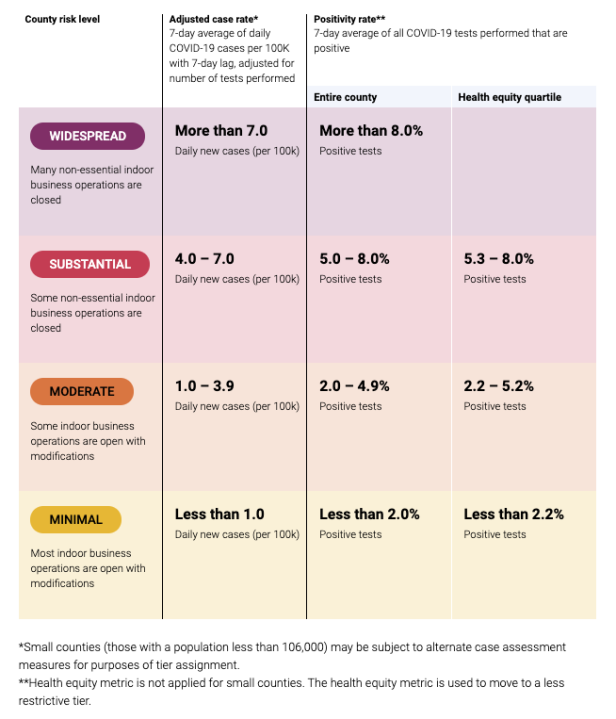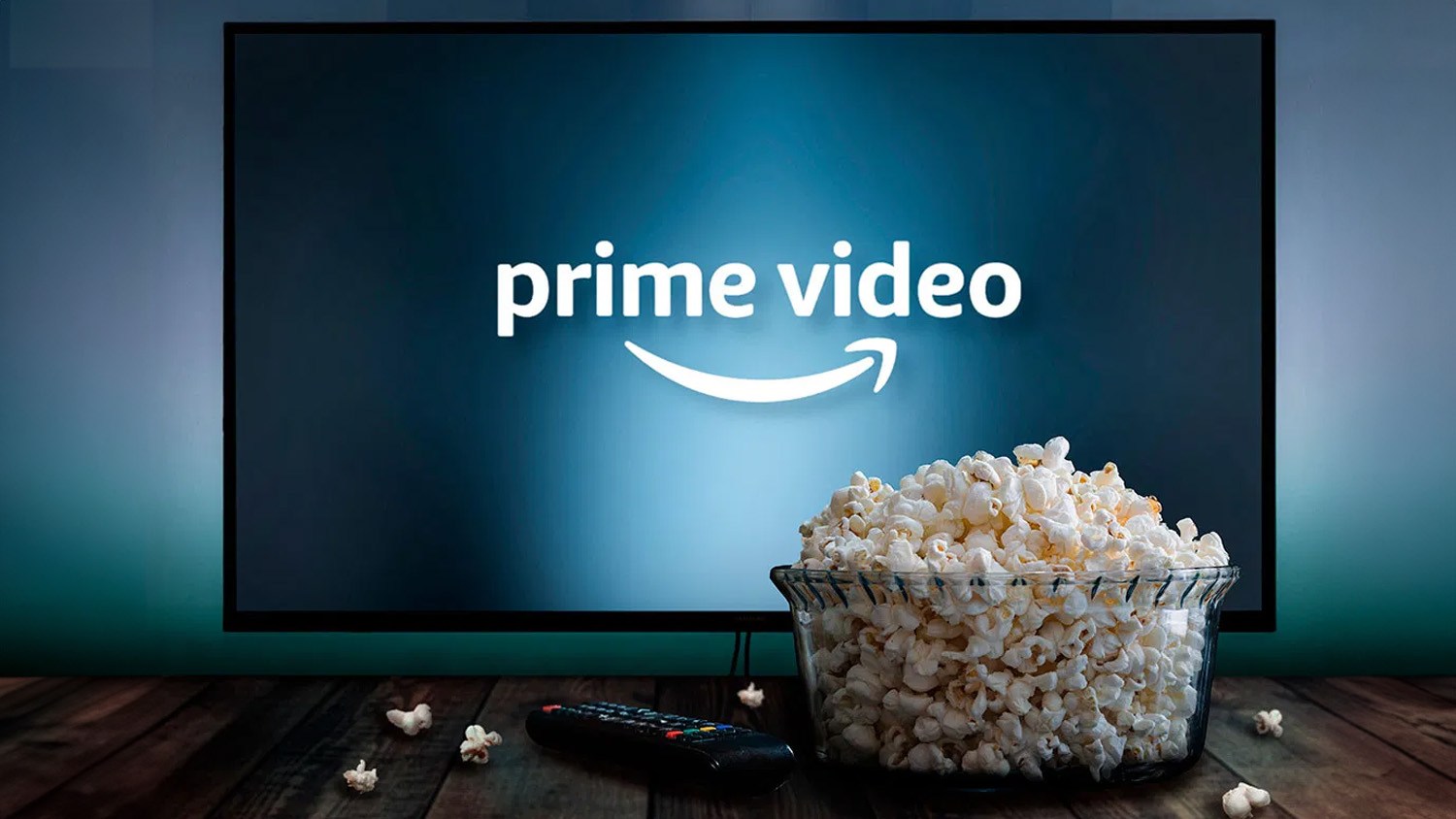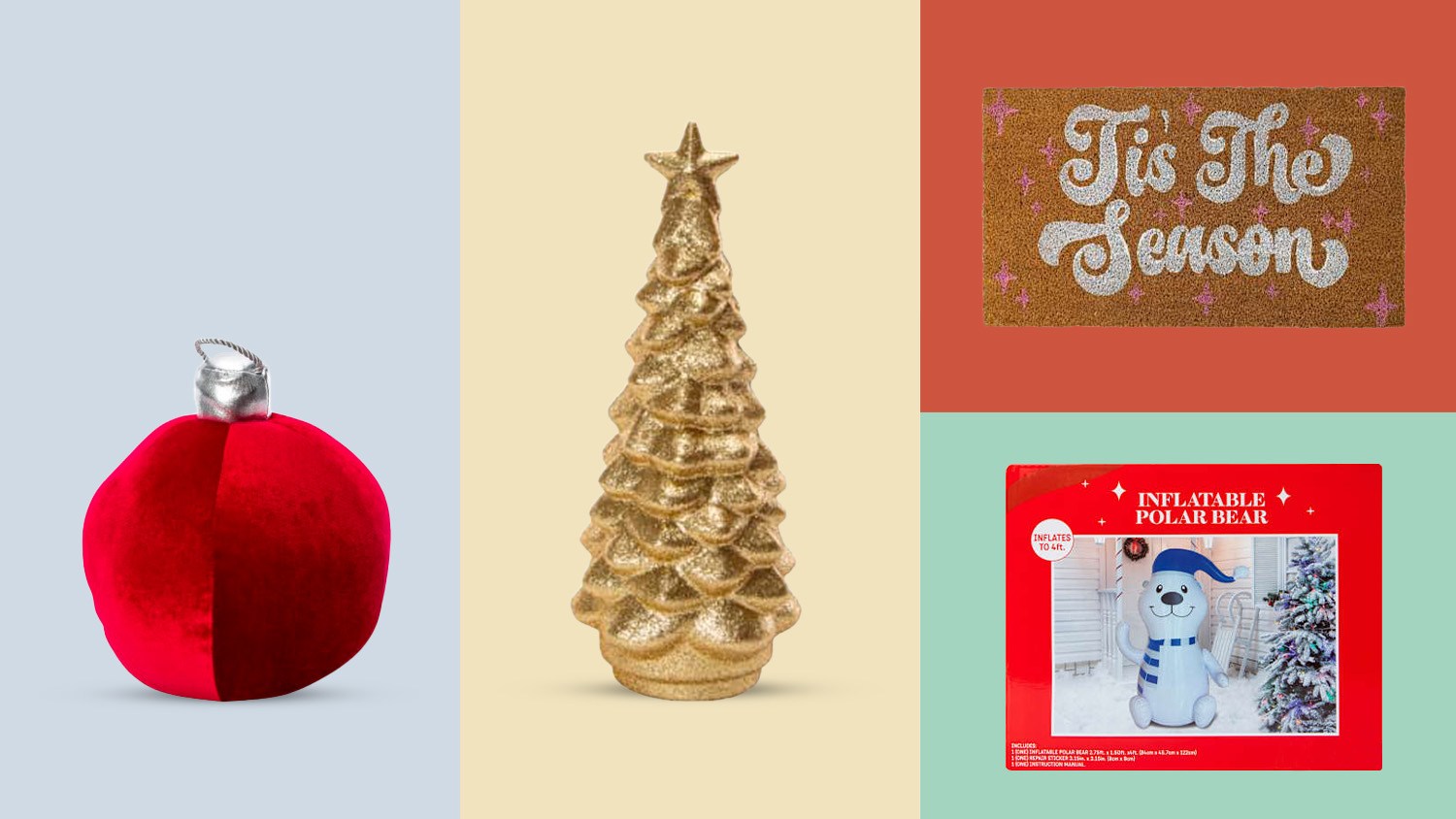California on Monday canceled the state’s regional stay-at-home orders that had been in place since last month, paving the way for some businesses to reopen and other restrictions to be lifted.
The state will once again be guided by the “Blueprint for a Safer Economy” plan, California’s color-coded, county-by-county framework to reopening the economy during the COVID-19 pandemic.
As of Monday, Los Angeles, Orange, Riverside, San Bernardino and Ventura counties are all in the purple tier, the strictest of the four stages — and the one with the most closures and modifications. Yet, the phase still marks a loosening of restrictions from the regional stay-at-home area that Southern California had been under for the past seven weeks.
In the purple tier, restaurants and fitness centers are allowed to operate outdoors again, while personal care services like hair and nail salons can once again reopen with modifications.
California officials stressed, however, that it’s ultimately up to each county to decide if they want to align with the state’s plan or implement rules that are more stringent.
L.A., Orange, Riverside, San Bernardino and Ventura counties have each announced plans to lift the ban on things like outdoor dining and indoor personal care services.
Here’s what the state is permitting counties in the purple tier to reopen — and what must remain closed for now.
What can be open with restrictions?
- Restaurants: Open for dine-in service, but only outdoors and with modifications
- Places of worship: Outdoors only with modifications
- Gyms, fitness centers and dance studios: Outdoors only with modifications (Indoor pools, hot tubs, saunas and steam rooms must remain closed)
- Hair salons and barbershops: Can open indoors with modifications
- Nail salons: Can open indoors with modifications
- Personal care services, including estheticians, massage therapy and body waxing: Can open indoors with modifications
- Tattoo shops: Can open indoors with modifications
- Museums, zoos and aquariums: Outdoors only with modifications
- Movie theaters: Outdoors only with modifications
- Family entertainment centers: Kart racing, mini-golf and batting cages can all reopen outdoors with modifications
- Cardrooms and satellite wagering sites: Outdoors only with modifications
- Campgrounds: Open with modifications
What is still closed?
- Amusement parks
- Bars, breweries, distilleries and wineries (where no meals are offered)
- Bowling alleys
- Concert venues
- Convention centers
- Festivals
- Indoor playgrounds (including bounce centers, ball pits and laser tag)
- Nightclubs
- Professional sports with live audiences
- Racetracks with live audiences
The latest reopening information can be found here.
Businesses and sectors currently closed in the purple tier will be allowed to reopen in later phases of the four-stage plan, while those with modifications will see fewer restrictions as a county’s coronavirus metrics improve.
After purple, the tiers are — from most restrictive to least restrictive — red, orange and yellow.
Because the tiers are based on the latest data, counties can be moved from one phase to another at any time. At one point, tier assignments were only announced once weekly.
The assignments are based primarily on the county’s case rate and seven-day coronavirus testing positivity rate.
L.A., Orange, Riverside, San Bernardino and Ventura counties are all in the purple tier because their adjusted case rates are at more than seven per 100,000, with a positivity rate higher than 8%.












